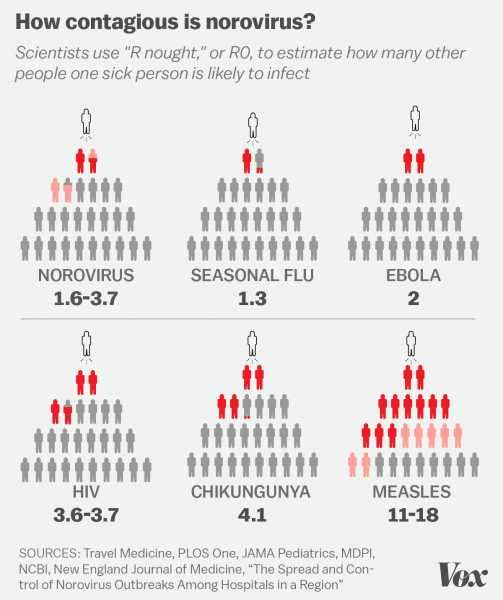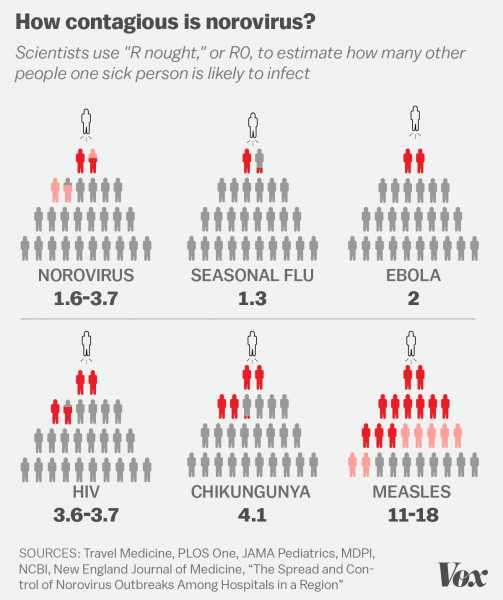
Norovirus has popped up in Pyeongchang, South Korea, days before the opening ceremonies of the Winter Olympics. And it could get ugly fast for one simple reason: The dreaded stomach virus is very contagious.
Also known as the “winter vomiting bug,” norovirus is spread — prepare yourself — through the “fecal-oral route,” which means that a person gets infected by ingesting the stool or vomit of an infected person, often through food or touching contaminated surfaces.
On Sunday, dozens of security guards at Olympics sites started to experience norovirus symptoms, which typically include nausea, diarrhea, stomach pain, and vomiting. They then had to be taken to the hospital, according to the BBC. Another 1,200 guards have been pulled from Olympic sites and were being held in their rooms while getting tested for the virus, the Associated Press reported. Event organizers have had to bring in 900 members of the military as replacements.
The biggest problem with the virus showing up in Olympics venues is just how easily it can spread. People with the disease typically have uncontrollable bouts of vomiting and diarrhea. This clears the body of the virus quickly, usually in one to three days. But it also helps spread the bug to others. And one person infected usually means many more falling ill.



To be more precise, we can look to a number called the “R nought,” or R0. Most simply, the figure refers to how many other people one sick person is likely to infect on average in a group that’s susceptible to the disease. With every disease outbreak, researchers try to figure out how far — and how fast — a virus is likely to spread through a population, and they use the R0 to do that. The higher the number, the greater likelihood a lot of people will fall sick.
As you can see, norovirus is more contagious than seasonal flu or even Ebola — and one person with norovirus infection can sicken up to 3.7 others.
One caveat when talking about the R0: It’s never final. The number can change with every outbreak, and even the R0 for individual viruses can vary wildly depending on the context. As infectious diseases epidemiologist David Fisman has told me, the factors that go into determining the R0 include how many contacts a sick person is likely to make, the number of transmissions that are possible per contact, and how long those people shed the virus and potentially infect others.
”Any one of these factors is going to be influenced by social norms, how people interact, how much infrastructure — like sewage treatment or clean water — is available in a place, and how cases are managed,” Fisman said. The number is also influenced by population density, vaccination levels, and access to treatments.
For norovirus, the R0 will vary depending on whether the outbreak is contained in one place (like a hospital or cruise ship) or spread more widely. In Olympics venues, where lots of people are in close contact and sharing food, there’s a significant risk of spread.
Organizers are working to figure out the source of the problem — ramping up hygiene inspections in advance of Friday’s opening ceremonies. And Team USA has already reported it’s taking extra precautions, like hand washing. The team members will also be staying at a special compound, and not Olympic Village, with their own cooks and food. Hopefully the dreaded norovirus will be gone before the games begin.
Sourse: vox.com






